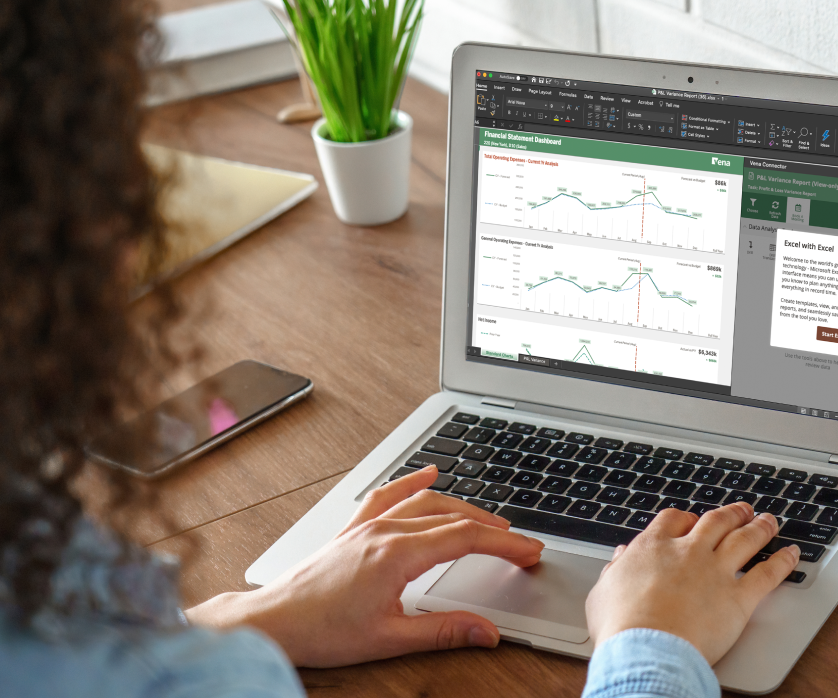
Does your organisation have a well-thought-out finance tech stack?
You should--because chances are your competitors already do.
According to this year's PwC Pulse Survey, 49% of CFOs and 60% of all executives believe digital transformation initiatives will be key to growth in 2022.
From migrating to the cloud and leveraging predictive analytics to embracing AI and intelligent automation, organisations are rushing to not just digitise, but to radically streamline and integrate finance workflows.
With the industry evolving by the day, investing in technological solutions to meet your current needs and support future growth has never been more critical.
Here's how to build a finance tech stack that's right for you.
 Source: PwC
Source: PwC
The COVID pandemic caused a radical shift in how finance teams operate, and for the most part, the changes are here to stay.
Consider the new reality of distributed work. With it came the need for remote and mobile access, as well as an increased focus on compliance and data security.
And then there was the Great Resignation, the lack of qualified workers and the need for alternatives to the overreliance on manual processes that characterised much of finance operations in the past.
 Source: Pew Research Center
Source: Pew Research Center
You asked and tech vendors delivered.
Gone are the days where a few large IT companies owned the most critical finance processes. In recent years, there has been a real boom in the software-as-a-service (SaaS) space and there is no shortage of options for finance technology.
The trouble is, with so many choices, it can be hard to know where to start. Keeping an eye on the IT market and the latest solutions and honing in on your organisational needs are essential if you want to build a finance tech stack that works for you.
Otherwise, you risk more than buying the wrong financial tools. There's a real chance you'll fall behind the technology curve--and your competitors.
While there's no one-size-fits-all solution, a good finance tech stack typically includes:
Here are some key things to look for when shopping for a finance technology stack:
Regulatory compliance comes first. Your fintech solutions must comply with all applicable tax, legal and audit requirements. Things to watch out for include digital audit trails and compatibility with data protection legislation such as GDPR, CCPA and KYC/AML compliance.
Do the new solutions integrate with your existing fintech and other tools such as CRM systems and internal databases? If not, how easily will they be able to connect and how long will it take to train staff on them? A tech stack is only useful insofar as you can use the different tools together.
Automation saves time and money and helps reduce human error. You want to invest in solutions that automate and replace as many manual processes as possible without compromising quality and security.
Security is another major consideration. Look for built-in protection such as multi-factor authentication, encryption, security audits, PCI compliance, etc.
In 2021, there were a whopping 4.32 billion mobile internet users. This means two things. One is that over 90% of people worldwide use a mobile device to go online. And two is that your tech stack must be fully mobile responsive and accessible remotely, preferably via the cloud.
The best finance tech stacks are user friendly. Tell-tale signs include quick onboarding with a smooth learning curve, easy access for remote teams and features that enable non-technical users to work with the stack components such as low-code and no-code functionalities.
Your tools should grow with you. Check with vendors to make sure solutions can quickly handle large transaction volumes and scale up or down. You should also be able to add new functionalities as needed.
Data analytics (DA) is an essential part of any modern financial system. It's also one of the most challenging aspects of building a successful fintech stack. A good solution should provide real-time data insights and visualization to enable strategic planning.
Cost is always a concern. There's also the additional dilemma of investing in a full-stack solution or buying piecemeal software. The solution that would work best for you largely depends on your budget and operational needs.
Lastly, check whether the fintech vendors offer 24/7 customer support. Some will even provide dedicated onboarding and support teams, which could be a lifesaver if you're new to that software.
Building a finance tech stack for your organisation shouldn't be complicated. And with us, it isn't.
Vena is a complete FP&A platform that enables you to reduce budget cycles by up to 77%, integrate all your ERP, GL, HRIS and CRM data and save time with pre-built templates, workflows and audit trails.
Don't take our word for it. Read how these industry leaders are building their finance tech and powering their growth with Vena.

